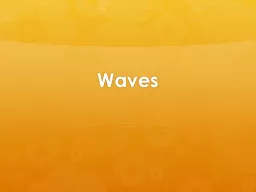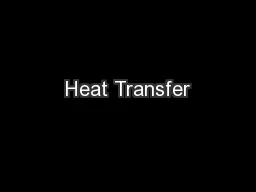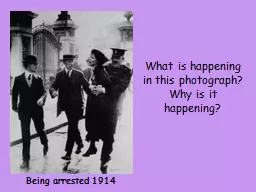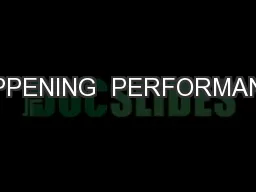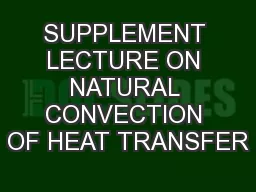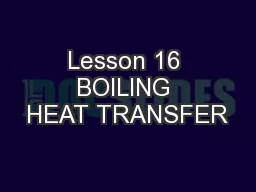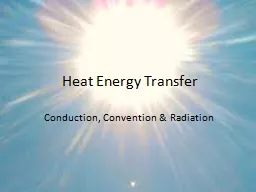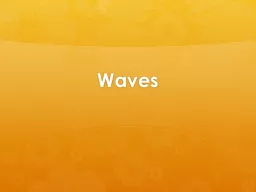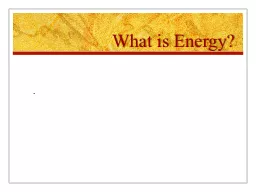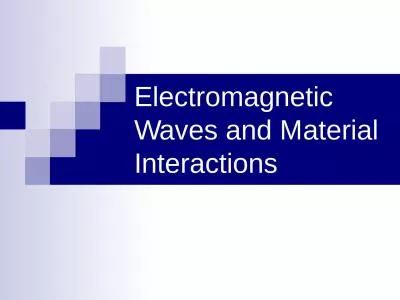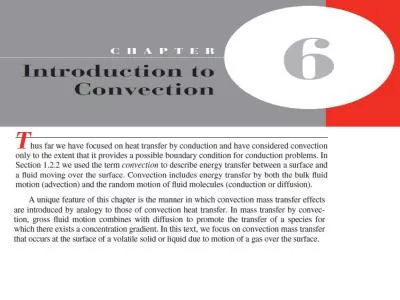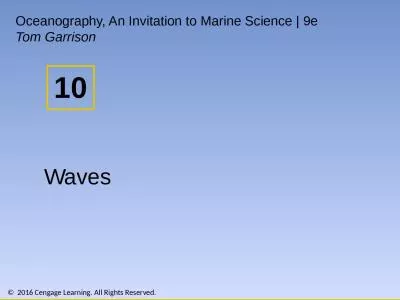PPT-Waves DO NOW MONDAY Tell the type of heat transfer happening at each letter.
Author : rozelle | Published Date : 2020-08-28
A B C DO NOW TUESDAY Give your own definition of a wave Learning Targets 11a Define mechanical wave 12a Define electromagnetic wave 13a Identify an electromagnetic
Presentation Embed Code
Download Presentation
Download Presentation The PPT/PDF document "Waves DO NOW MONDAY Tell the type of hea..." is the property of its rightful owner. Permission is granted to download and print the materials on this website for personal, non-commercial use only, and to display it on your personal computer provided you do not modify the materials and that you retain all copyright notices contained in the materials. By downloading content from our website, you accept the terms of this agreement.
Waves DO NOW MONDAY Tell the type of heat transfer happening at each letter.: Transcript
Download Rules Of Document
"Waves DO NOW MONDAY Tell the type of heat transfer happening at each letter."The content belongs to its owner. You may download and print it for personal use, without modification, and keep all copyright notices. By downloading, you agree to these terms.
Related Documents

